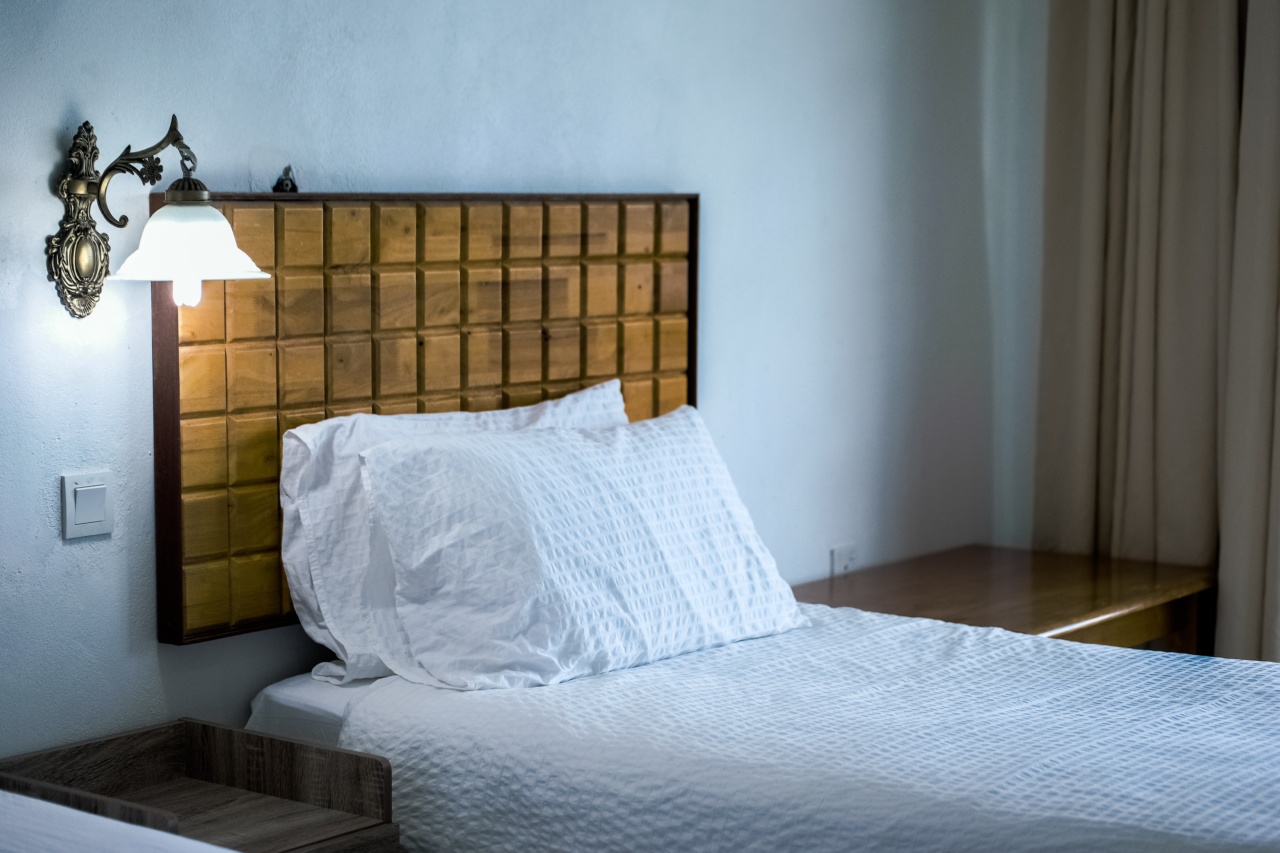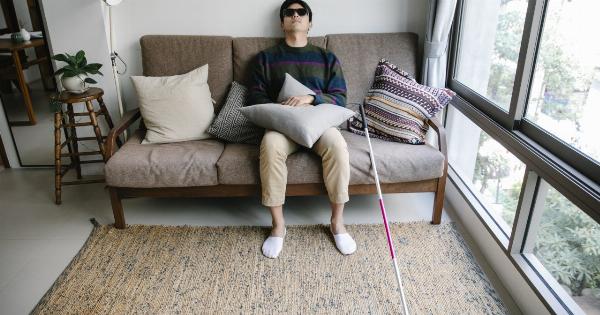Allergies are a common concern for many individuals, and can often disturb their quality of life. Sneezing, nasal congestion, itching, and other allergy symptoms can be bothersome and impact daily activities.
To mitigate the effects of allergies, people often turn to various measures such as modifying their environment or using special products. One popular option is using special bedding covers that claim to safeguard against allergies. However, it is important to understand that these bedding covers may not always provide the ultimate protection they promise.
Understanding Allergies
Before delving into the effectiveness of special bedding covers, it is crucial to have a clear understanding of allergies and their underlying causes. Allergies occur when the immune system overreacts to certain substances, known as allergens.
Common allergens include pollen, dust mites, pet dander, and certain foods. When exposed to these allergens, the immune system triggers a response that leads to the release of chemicals, such as histamine, resulting in allergy symptoms.
Factors Contributing to Allergies
Several factors contribute to the development and severity of allergies. These factors may vary from person to person, making it important to recognize the individual nature of allergies. Some common factors include:.
1. Genetic Predisposition
Genetics play a role in determining an individual’s susceptibility to allergies. If a person has a family history of allergies, they are more likely to develop allergies themselves.
The specific genes involved are still under investigation, but it is clear that genetics influence the immune system’s response to allergens.
2. Environmental Exposure
Exposure to allergens in the environment can trigger allergic reactions. Individuals who live in areas with high pollen counts or have regular contact with dust mites are at an increased risk of developing allergies.
Environmental factors such as air pollution and climate changes can also contribute to allergy symptoms.
3. Early Exposure to Allergens
Early exposure to potential allergens, such as certain foods or pet dander, can increase the likelihood of developing allergies. Infants and young children are particularly vulnerable during this critical period of immune system development.
4. Immune System Dysregulation
An imbalance or dysregulation in the immune system can lead to an increased risk of allergies. This dysregulation may result from various factors, including infections, medications, and underlying health conditions.
In some cases, the immune system may overreact to harmless substances, leading to allergic reactions.
Special Bedding Covers and Allergies
To address the issue of allergies, many individuals invest in special bedding covers, often known as allergy-proof or allergen-impermeable covers.
These covers are designed to encase mattresses, pillows, and duvets, aiming to create a barrier against allergens like dust mites and pet dander. The idea behind these covers is to minimize exposure to potential allergens during sleep and provide relief from allergy symptoms.
Claims and Expectations
The marketing for special bedding covers often makes strong claims about their effectiveness in safeguarding against allergies.
Manufacturers boast about the ability of these covers to create an impermeable barrier that prevents allergens from passing through to the sleeper. These claims suggest that using these covers will significantly reduce or even eliminate allergy symptoms.
Scientific Evidence and Limitations
While special bedding covers may offer some benefits, it is essential to examine the available scientific evidence and consider their limitations.
Several studies have investigated the effectiveness of these covers in reducing exposure to allergens and alleviating allergy symptoms. However, the results of these studies have been mixed, and it is important to interpret the findings in light of their limitations.
1. Dust Mites and Special Bedding Covers
Dust mites are a common allergen found in many households. These microscopic organisms thrive in warm and humid environments, such as bedding.
Special bedding covers aim to create a barrier that prevents dust mites and their allergenic particles from coming into contact with the sleeper. Some studies have shown that these covers can reduce the levels of allergen exposure and improve symptoms in individuals allergic to dust mites.
However, the degree of effectiveness may vary depending on factors such as the quality of the cover and the individual’s sensitivity to dust mite allergens.
2. Other Allergens and Bedding Covers
While special bedding covers may be effective against dust mites, their effectiveness against other allergens like pollen or pet dander is less established.
Allergens such as pollen can easily enter the sleeping environment through open windows or on clothing and may not be completely blocked by bedding covers. Additionally, bedding covers may not eliminate allergens present on the surface of the bed, such as pet dander that has accumulated before the covers were installed.
3. Quality and Maintenance
The efficacy of special bedding covers depends on their quality and proper maintenance. While some covers may provide an effective barrier against allergens, others may not be as reliable.
It is important to choose covers that are designed to be allergen-impermeable and are tested to confirm this claim. Additionally, regular washing and replacement of bedding covers are crucial to maintain their effectiveness. Over time, wear and tear can compromise the barrier, allowing allergens to pass through and reducing the efficacy of the covers.
Complementary Allergy-Proof Measures
While special bedding covers may not ultimately safeguard against allergies on their own, they can be a part of a comprehensive strategy to reduce exposure to allergens. Here are some complementary measures that can be taken to manage allergies:.
1. Allergen-Proof Bedroom
Creating an allergen-proof bedroom involves taking various steps to minimize exposure to allergens.
This may include using special bedding covers, replacing carpets with hardwood or laminate flooring, regularly vacuuming with a HEPA filter-equipped vacuum cleaner, and keeping windows closed during high pollen seasons. The combination of these measures can help reduce allergen levels in the sleeping environment.
2. Allergen Reduction Techniques
Besides using bedding covers, other measures can be adopted to reduce allergens in the home. Regular dusting, washing bedding in hot water, and keeping humidity levels low can all contribute to reducing allergen levels.
It is also important to minimize contact with potential allergens, such as keeping pets out of the bedroom and avoiding known triggers.
3. Medication and Immunotherapy
For individuals with severe allergies, medication and immunotherapy can provide relief. Antihistamines, nasal sprays, and bronchodilators are commonly used to manage allergy symptoms.
Immunotherapy, such as allergy shots or sublingual immunotherapy, gradually exposes individuals to increasing amounts of allergens to desensitize the immune system and reduce the severity of allergic reactions.
Conclusion
Special bedding covers may offer some benefits in reducing exposure to allergens and alleviating allergy symptoms, particularly for individuals allergic to dust mites.
However, their ultimate effectiveness in safeguarding against allergies is limited by several factors. These covers may not provide complete protection against all allergens and their efficacy depends on factors such as cover quality and proper maintenance.
It is important to consider these limitations and adopt a comprehensive approach to managing allergies that includes complementary measures and, if necessary, medication or immunotherapy. Always consult with a healthcare professional for personalized advice and guidance in managing allergies effectively.































